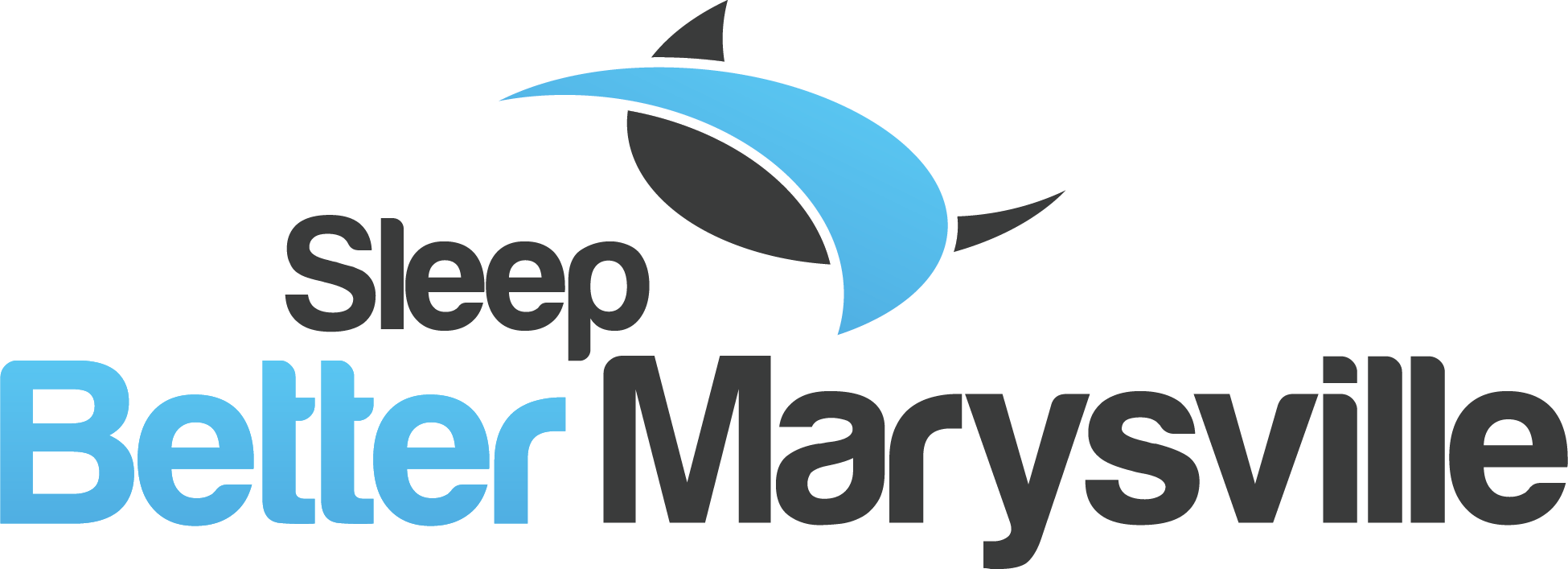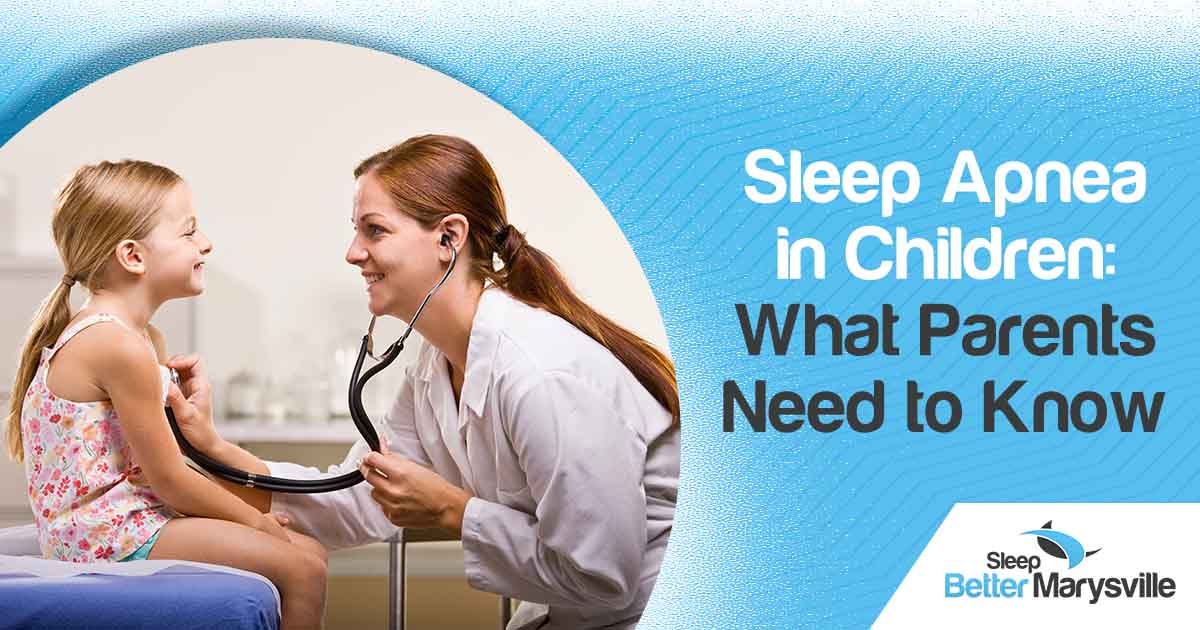Sleep apnea in children is a common but often overlooked sleep disorder that can significantly impact a child’s health, behavior, and quality of life. This condition causes interruptions in breathing during sleep, which can lead to fragmented rest and long-term complications if left untreated. Parents play a crucial role in identifying the signs of sleep apnea and seeking appropriate care for their children. Understanding the causes, symptoms, and treatment options is essential to addressing this condition effectively.
What is Sleep Apnea in Children?
Defining Sleep Apnea in Children
Sleep apnea in children is a sleep disorder characterized by repeated pauses in breathing during sleep. These pauses, known as apneas, are often caused by a partial or complete blockage of the airway. Pediatric sleep apnea is typically classified into two types: obstructive sleep apnea (OSA), where the airway is physically blocked, and central sleep apnea, which occurs when the brain fails to signal the muscles to breathe.
How Sleep Apnea in Children Differs from Adult Sleep Apnea
While the condition may appear similar, sleep apnea in children differs from adult sleep apnea in several ways. In children, the most common cause is enlarged tonsils or adenoids, whereas adults often experience the condition due to obesity or lifestyle factors. Additionally, children with sleep apnea may exhibit symptoms such as hyperactivity, poor school performance, or behavioral problems, which can be mistaken for other issues like ADHD. Recognizing these differences is critical for accurate diagnosis and treatment.
Signs and Symptoms of Sleep Apnea in Children
Common Indicators Parents Should Watch For
Sleep apnea in children often presents with noticeable symptoms during sleep. Common signs include loud snoring, gasping for air, or choking sounds while sleeping. Frequent pauses in breathing may also be observed, along with restless tossing and turning. Some children with sleep apnea may sweat excessively during sleep or sleep in unusual positions in an attempt to keep their airway open.
Daytime symptoms are also important for parents to recognize. These include excessive tiredness, morning headaches, and difficulty waking up. A child with sleep apnea may appear irritable or struggle to concentrate during the day. In some cases, they may even fall asleep in inappropriate settings, such as during school.
Behavioral and Emotional Effects of Sleep Apnea in Children
Sleep apnea can have a profound impact on a child’s behavior and emotional well-being. Lack of quality sleep may lead to hyperactivity, mood swings, or aggression. Some children may exhibit symptoms similar to attention deficit hyperactivity disorder (ADHD), making it challenging to distinguish the root cause. Academic difficulties, such as poor memory or reduced problem-solving skills, are also common. Recognizing these behavioral and emotional changes is essential for addressing the underlying sleep disorder.
Causes and Risk Factors of Sleep Apnea in Children
Physical Factors Contributing to Sleep Apnea
Several physical factors can increase a child’s risk of developing sleep apnea. Enlarged tonsils or adenoids are the most common causes of obstructive sleep apnea in children. These tissues can block the airway during sleep, leading to breathing interruptions. Structural abnormalities in the jaw or airway, such as a small jaw or a high-arched palate, may also contribute to the condition.
Other medical conditions, such as Down syndrome or cerebral palsy, are associated with a higher risk of sleep apnea in children due to their impact on muscle tone and airway structure. Obesity can also increase the likelihood of sleep apnea by placing additional pressure on the airway.
Lifestyle and Environmental Factors
In addition to physical factors, lifestyle and environmental elements can play a role in the development of sleep apnea in children. Exposure to secondhand smoke has been linked to an increased risk, as it can cause inflammation and swelling in the airway. Poor sleep habits or irregular sleep schedules may exacerbate the symptoms of sleep apnea or make the condition more challenging to identify.
Understanding these causes and risk factors is essential for early detection and prevention of sleep apnea in children.
The Impact of Sleep Apnea in Children
Effects on Physical Health
Sleep apnea in children can lead to various physical health complications. Chronic sleep deprivation caused by disrupted breathing may result in slowed growth, as insufficient sleep can interfere with the release of growth hormones. Additionally, untreated sleep apnea is linked to cardiovascular issues, such as high blood pressure and an increased risk of heart problems later in life.
Children with sleep apnea may also have weakened immune systems, making them more susceptible to frequent illnesses. Addressing the condition promptly can help minimize these risks and improve overall health.
Impact on Academic Performance and Social Life
The effects of sleep apnea extend beyond physical health. Poor sleep quality can impair cognitive function, making it difficult for children to focus, process information, or retain knowledge. This can lead to declining academic performance and frustration in the classroom.
Socially, children with untreated sleep apnea may struggle to interact with peers due to irritability or fatigue. They might also feel self-conscious about symptoms like loud snoring, which can affect their confidence and relationships. Treating sleep apnea can significantly improve a child’s academic and social experiences.
Diagnosis and Treatment of Sleep Apnea in Children
How Sleep Apnea in Children is Diagnosed
Diagnosing sleep apnea in children typically begins with a thorough evaluation of their medical history and symptoms. Parents may be asked to describe their child’s sleep behaviors, such as snoring or difficulty breathing during sleep. A physical examination of the throat, nose, and mouth may help identify potential causes, such as enlarged tonsils or adenoids.
If sleep apnea is suspected, a pediatric sleep study, known as polysomnography, is often recommended. This overnight test monitors the child’s breathing patterns, oxygen levels, heart rate, and brain activity while they sleep. Polysomnography provides a detailed analysis, allowing specialists to confirm the diagnosis and determine the severity of the condition.
Treatment Options: From Lifestyle Changes to Medical Interventions
Continuous Positive Airway Pressure (CPAP) Therapy
For children with moderate to severe sleep apnea, CPAP therapy is a common treatment option. This involves wearing a mask connected to a machine that delivers a steady flow of air to keep the airway open during sleep. While CPAP therapy may require an adjustment period, it can be highly effective in improving sleep quality and reducing apnea episodes.
Surgical Options for Sleep Apnea in Children
Surgery is often recommended when enlarged tonsils or adenoids are the primary cause of sleep apnea. A tonsillectomy or adenoidectomy can help remove the obstruction and restore normal breathing during sleep. In some cases, additional surgical procedures, such as correcting structural abnormalities in the airway, may be necessary.
Other treatment options may include orthodontic devices to address jaw alignment issues or weight management programs for children whose sleep apnea is linked to obesity. The choice of treatment depends on the underlying cause and the child’s specific needs.
Tips for Parents Managing Sleep Apnea in Children
Creating a Sleep-Friendly Environment
Parents can play a vital role in helping their child manage sleep apnea by creating a healthy sleep environment. Ensure the child’s bedroom is quiet, dark, and free from distractions like screens or bright lights. Establish a consistent bedtime routine to promote better sleep habits, and avoid stimulating activities before bed, such as consuming caffeine or engaging in vigorous play.
Positioning can also make a difference. Encourage the child to sleep on their side rather than their back, as this can reduce airway obstruction in some cases. Using supportive pillows may help keep the child in a comfortable and safe sleeping position.
Partnering with Specialists and Teachers
Collaboration is key when managing sleep apnea in children. Parents should work closely with pediatricians, sleep specialists, and, if applicable, orthodontists to develop a comprehensive treatment plan. It is equally important to inform teachers and school staff about the condition. Children with sleep apnea may struggle with attention or fatigue during the day, and understanding from educators can help them navigate these challenges.
Parents should also monitor their child’s progress and communicate regularly with healthcare providers to adjust treatment as needed. Keeping a journal of sleep patterns and symptoms can be a helpful tool for tracking improvements or identifying ongoing concerns.
Take the Next Step to Help Your Child Sleep Better
If you suspect your child may have sleep apnea, don’t wait to seek help. Early intervention can significantly improve their quality of life and overall health. Contact the team at Sleep Better Marysville today at (614) 777-7350 to schedule a consultation and learn more about diagnosing and treating sleep apnea in children. Together, you can ensure your child gets the restful sleep they need to thrive.

